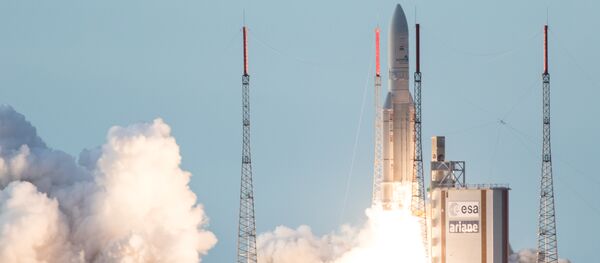Tactical Missiles Corporation JSC, the Korolyov-based armaments concern tasked with mass production of the new Avangard hypersonic glide vehicle, has patented a new method for fueling rockets, according to a press statement on the company's website.
Doing away with traditional stationary storage systems in favour of a new mobile system fueled from rail-based tanker cars, the new fueling system promises to independently prepare fuel, achiving the required temperature and saturation, ahead of the rocket fueling stage.
The company clarified that with several such mobile systems available, it will be possible to easily transfer them to whatever region of the country a launch is carried out at. Secondly, the system's components will be built using modern hardware components, eventually making it possible to fully automate the process of preparing the rocket propellant.
The patent is also touted as being safer than the existing method. "The new method makes it possible to reduce overflows and, as a result, hazardous operations," the press release states, citing company engineer Svyatoslav Lemeshev.
Initial development of the Avangard began in the mid-1980s as a response to Ronald Reagan's 'Star Wars' missile defence concept. The program, codenamed "Albatross," was approved in 1987, but abandoned in the early 1990s due to warming relations with Washington and, later, financial difficulties associated with the collapse of the Soviet Union. The Russian government decided to resume work on the program in the 2000s, after the US began to deploy a missile defence shield in Europe. Testing of the Avangard began in 2013. In a March 1, 2018 speech to officials, President Putin unveiled the weapon as one of half-a-dozen systems designed to guarantee a Russian response in the event of an enemy nuclear attack.


